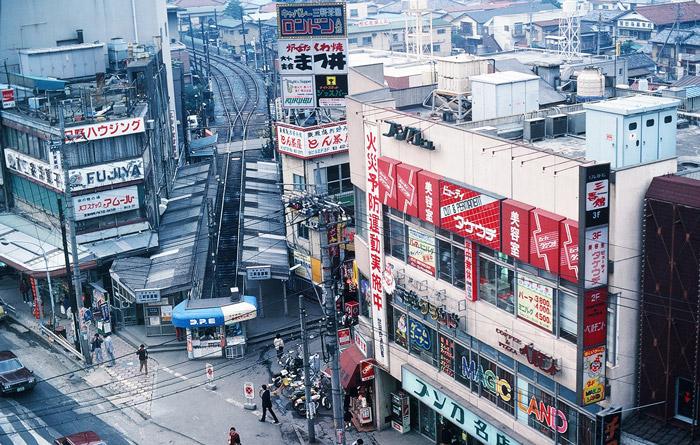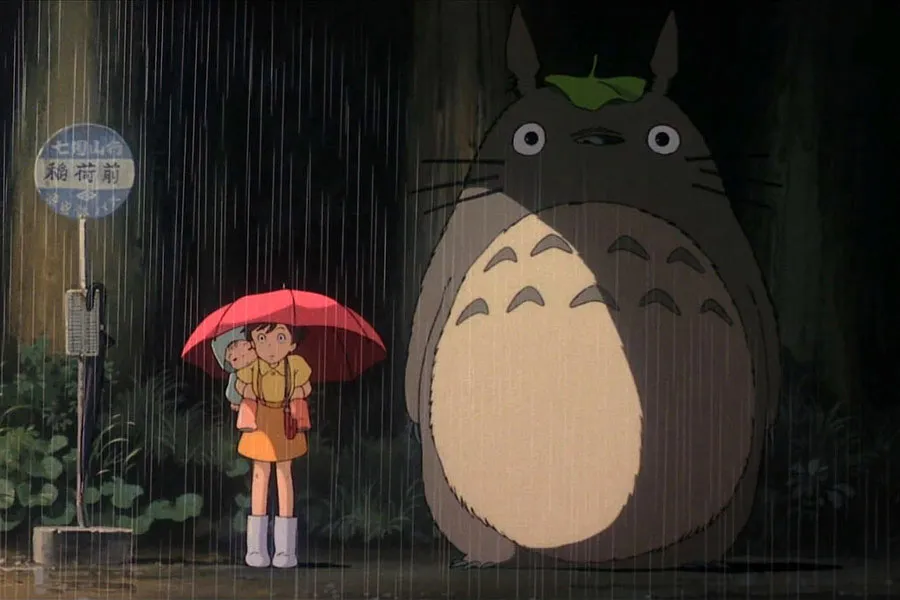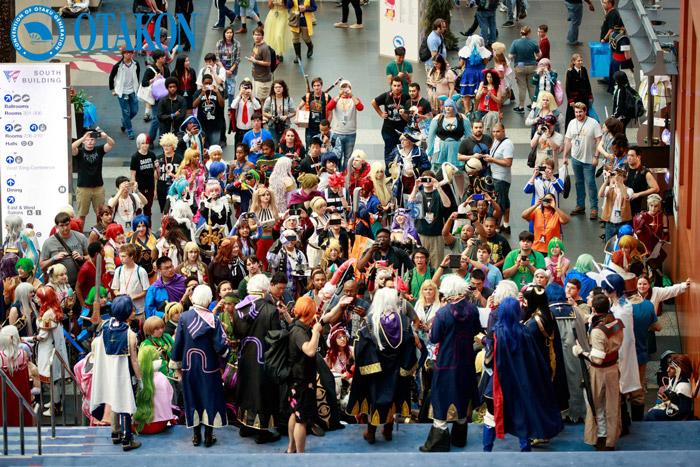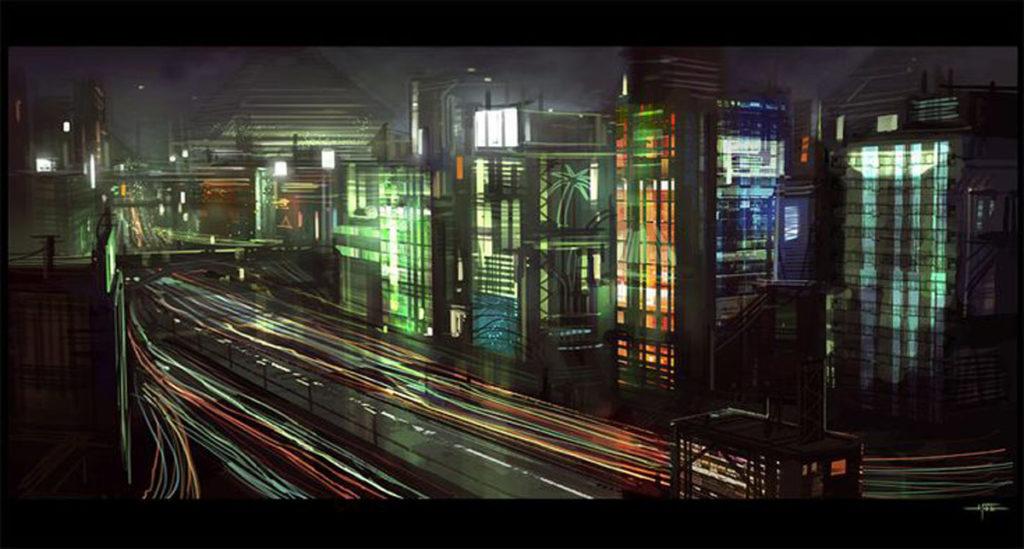Anime is one of the first things people think of when talking about Japan. It’s hard to quantify just how many people watch anime, but Netflix alone says that over 100 million households were watching anime on their platform in 2020 and that this number is still on the rise.
Back in the 1980s, modern anime had its first boom in Japan with the likes of Gundam and Dragon Ball. As such, it’s no wonder that the country turned to anime and manga as one of its greatest strengths. Let’s look into the challenges that the Japanese economy faced and how they used anime as a soft power to rebrand the nation in an effort to bounce back from the lost decade of the 1990s.
The Ups and Downs of the Japanese Economy

World War II left Japan in rubble and the economy crashed by almost 50%. This forced the country to accept aid from its former opponent in the war and plan to reconstruct the economy.
Japan saw a huge economic boom following World War II. It transformed from a poor country just after the war to the second-richest one in the 1980s. This widely touted “Japanese miracle” was largely due to big investments in industrialization leading to the rise of popular consumer-electronics brands like Sony and Panasonic.
However, this miracle would not last forever. Three decades later, in 1991, Japan’s property and stock market crashed leading to a period known as the “lost decade”. During this period, the country’s economy stagnated, only growing at an average rate of 1% per year.
The country attempted several fiscal and monetary strategies as a response to this. However, Japan eventually turned to “soft power” as a way to bounce back.
Anime as a Soft Power

Soft power, coined by Joseph Nye, is “the ability to get what you want through attraction rather than coercion or payments”. This is in contrast to hard power which refers to military power. Many countries, including Japan, turned to the media specifically to develop their own soft power. Through this, they hoped to improve their economy and as the name soft power suggests, gain more power.
When thinking about soft power, what often comes to mind is pop culture and things like TV, music, and food. And in the context of Japan, anime and manga. Culture becomes a soft power when it begins influencing people’s influences mainly through appeal and attraction. When people start taking interest in the culture, they start spending money on it.

For Japan, focusing on soft power was a strategic move as Japanese pop culture has already taken root in overseas countries since the 1950s. Some Japanese TV series such as “The Silk Road” and idols like Yamaguchi Momoe were already popular in China. The concept of “kawaii” or Japanese cuteness also was gaining influence in the West as an alternative to the more “sexy and cool” concepts popular at the time.
Although anime usually focuses on fantasy and out-of-this-world genres, Japanese culture and customs are still present in it. Additionally, it can be a medium to communicate important Japanese ideals and messaging to the international audience. Beyond this, the otaku culture which came out of anime and manga really solidified the potential of using anime for soft power. Together with the rise of Studio Ghibli, the Japanese government saw this and this led to anime as one of the focal points of the “Cool Japan” campaign.

The ‘Cool Japan’ campaign refers to the strategies made by Japan starting from the early 2000s to market “cool” Japanese culture in hopes of revitalizing the economy. This campaign sought to promote Japanese culture to in turn promote Japan’s soft power. The campaign had three goals: economic growth, improved perception of Japanese culture, and reigniting national pride.
Anime has a major role in the sense that it motivates tourism from the fans and that it can be commercialized together with manga, fashion, food, and electronic goods. Prime Minister Taro Aso expressed in 2009:
“Japanese content, such as anime and video games, and fashion draw attention from consumers around the world. Unfortunately, this soft power is not being linked to business overseas. By linking the popularity of Japan’s soft power to business, I want to create a 20–30 trillion yen market by 2020 and create 500,000 new jobs.”

At that point, anime would not have been where it has been if it were not for Toei Animation, giving birth to hits like Dragon Ball, and later Studio Ghibli. Toei was established in 1956, aiming to be the “Disney of the East”. Among its ranks were directors Isao Takahata and Hayao Miyazaki who later went on to establish Studio Ghibli together.
Studio Ghibli represented the beauty of anime. It left a legacy in the world of animation and film by taking its audience through magical adventures. As anime’s representative, we can make a distinction between it and Western animation. Compared to the kid-focused audience of Western animation, Japanese anime is not limited to this. It tells the story of different aspects of life in a way that is larger than life. Because of this, both kids and adults can appreciate it.

The movie Grave of the Fireflies was one of the most popular films that came out of the studio. It packs heavy messaging about the consequences of war on the ordinary folk. It has been touted as one of the best films ever and is even enough to make a grown man cry. Another smash hit was Spirited Away which is actually a critique of greed that comes out from consumerism especially during the years before the lost decade. Despite this, the film is filled to the brim with iconic scenery and a captivating story which makes it appealing to a wide audience.
These Studio Ghibli films were just some of the products that Japan has pushed out in the Cool Japan campaign. The popularity of these films has greatly contributed to the image of today’s Japan. Together with the multitude of anime that followed in its footsteps, anime has captured the hearts of millions of fans who look at Japan in a more “cool” light.

















































